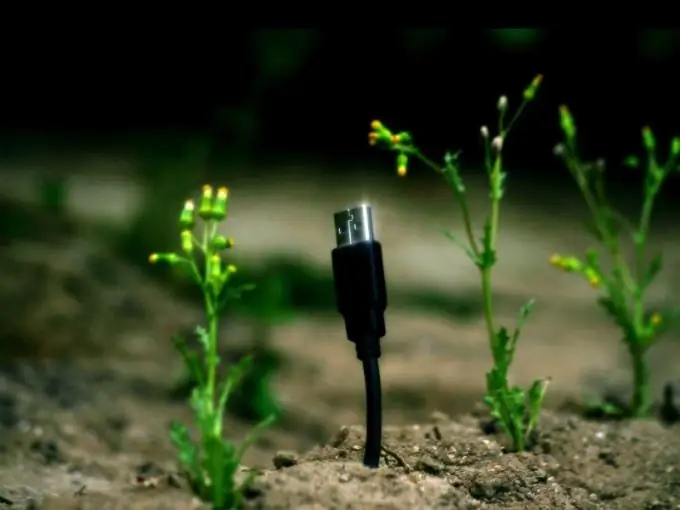Power outages, ejecting violations, and many other events can cause a USB removable drive to fail. The signs of a malfunction are lack of response to commands, inability to access, or transition to the "Read-only" mode.

Instructions
Step 1
Make sure you understand the operation of the removable device: data transfer between the computer and the Flash memory is carried out by a special program installed on the controller microcircuit.
Step 2
Determine the model of the controller installed on the removable disk: mechanically open the USB flash drive and find the name of the microcircuit on the case, or use the specialized CheckUDisk, ChipGenius or UsbIDCheck utilities designed to establish the VID and PID codes. The VID code identifies the manufacturer of the removable device, while the PID identifies the device itself.
Step 3
Remember that the failure to determine the above codes or the absence of code values are an indicator of electrical damage to the controller and imply the impossibility of restoring the removable disk to work.
Step 4
Identify the manufacturer of the removable device you want using the found VID code and find out the model of the installed microcircuit by the PID code using the specialized iFlash base.
Step 5
Use the opportunity to search for the necessary tool for restoring the operability of the removable device used, provided by the websites of the manufacturers, or select the necessary utility in the list of the flashboot.ru Internet resource.
Step 6
Follow the recommendations of the recovery wizard for the selected tool or study the instructions provided with the utility.
Step 7
Use one of the following programs to recover information saved on the drive:
- LostFlashPhoto;
- PhotoRec.
Or determine the presence of bad sectors of Flash memory if data cannot be recovered using:
- Flashnul;
- Victoria;
- MyDiskTest.
Step 8
Try to recover information using the built-in system tools: "Start" - "Control Panel" - "Administrative Tools" - "Computer Management" - "Disk Management". Apply scandisk.






